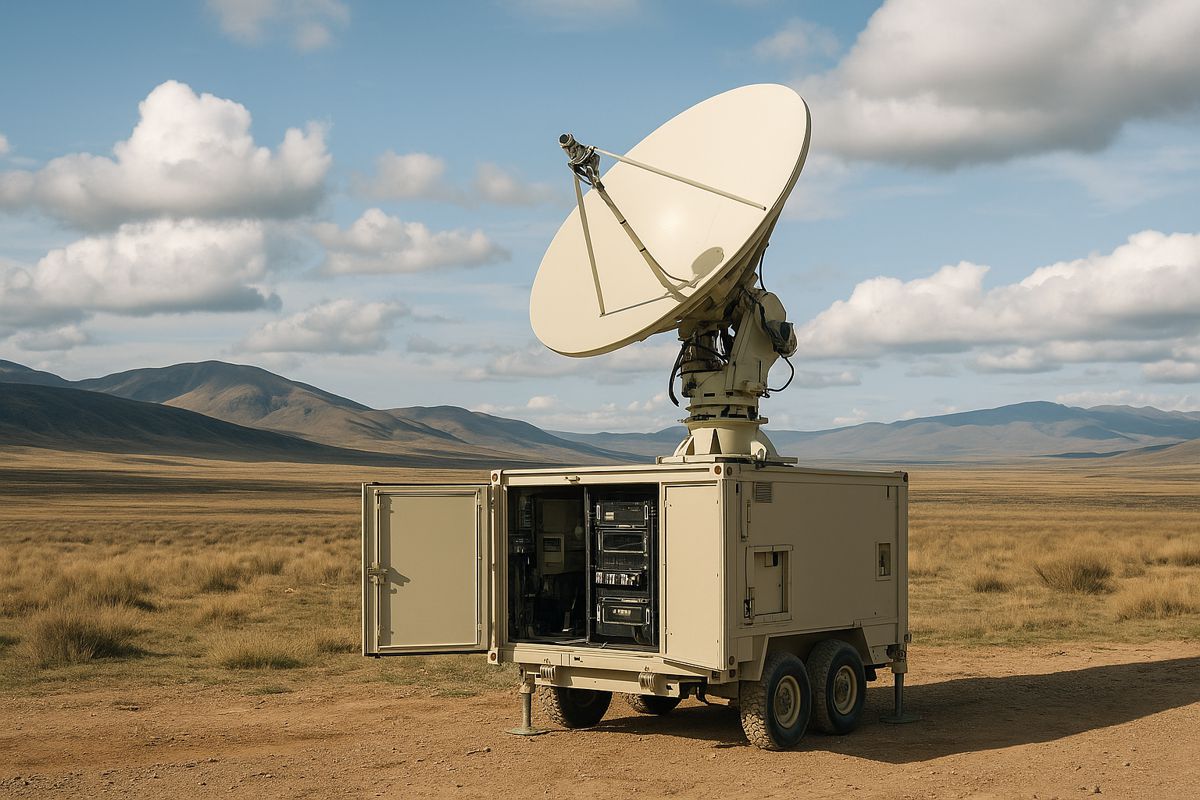Revolutionising Spatial Analytics with Esri, Microsoft and IBM
In a significant leap forward, Esri has announced a deepened collaboration with Microsoft, seamlessly integrating its powerful spatial analytics technology with Microsoft’s unified analytics SaaS platform, Fabric.
This monumental partnership, unveiled at Esri’s 44th annual User Conference, promises to transform how data professionals leverage spatial data, enhancing their ability to uncover insights and make informed decisions.
Unleashing the Power of Spatial Analytics
By embedding Esri’s advanced spatial analytics tools into Microsoft Fabric, a wide range of data professionals—including analysts, data scientists, engineers, and executive stakeholders—can now access and utilise these powerful tools within their existing workflows. This integration not only simplifies the use of spatial analytics but also enhances the visualisation and sharing of insights across platforms like Microsoft Fabric, Power BI, and Esri’s ArcGIS environment.
Jack Dangermond, Esri president, highlighted the significance of this partnership: “With this collaboration, Esri is committed to helping our shared customers understand and leverage spatial data to uncover insights and make better decisions. We are pleased to deepen our work with Microsoft and provide our spatial analytic capabilities for data professionals within Microsoft Fabric.”
Exclusive Preview Phase: A Glimpse into the Future
Currently in its private preview phase, this collaboration is being tested by a select group of trusted customers and partners across various industries, including local government, architecture, engineering, and construction (AEC), energy, gas, manufacturing, petroleum, financial, and technology sectors. These early adopters are already witnessing the transformative potential of integrating Esri’s spatial analytics with Microsoft Fabric.
Amir Netz, Chief Technology Officer of Azure Data at Microsoft, elaborated on the benefits: “This next step in our collaboration will demonstrate how Microsoft Fabric customers are benefitting from powerful spatial analysis technology from Esri to achieve deeper insights for their organizations.”
Real-World Applications and Testimonials
Alejandro Vidal, founder of GIS Routes—a company creating technology solutions for the transportation ecosystem in Latin America—shared his positive experience: “As a private preview participant, we are already seeing incredibly impressive performance working with geospatial data in Fabric. Fabric was unbelievably fast at processing data and producing results, and our team is looking forward to the additional benefits that this collaboration between Microsoft and Esri will deliver to our organization and our customers.”
The public preview of these new spatial analytics capabilities within Microsoft Fabric is set to be available in Q3 2024, marking a significant milestone for both Esri and Microsoft in their journey towards enhancing data-driven decision-making.
Esri and IBM Enhancing Asset Management with Advanced Spatial Analytics
In another ground-breaking announcement at the 44th annual Esri User Conference, Esri unveiled an expanded collaboration with IBM, integrating Esri’s ArcGIS Enterprise on Kubernetes with the IBM Maximo Application Suite.
This integration aims to meet the growing demand for advanced spatial analytics and improved data integration in asset management software.
A Unified Approach to Asset Management
The integration of ArcGIS Enterprise and IBM Maximo is designed to provide clients with a comprehensive view of asset locations, conditions, and performance. This unified approach enhances maintenance scheduling and resource allocation, allowing organisations to visualise, analyse, and manage spatial data for both indoor and field operations more effectively.
Richard Cooke, Director of Global Business Development at Esri, emphasised the value of this partnership: “Our collaboration with IBM has always been driven by a shared commitment to innovation and customer success. By extending our integrations, we are providing customers with even more capable tools to leverage the power of spatial data to make more informed decisions.”
Key Benefits and Features
The integration of ArcGIS Enterprise on Kubernetes with IBM Maximo offers several enhanced features:
- Spatial Analysis: Conduct advanced spatial analysis to assess proximity and strategize asset expansion.
- Detailed Visualisations: Create detailed maps, reports, and dashboards combining spatial data with operational information.
- Automated Inspections: Streamline maintenance processes by automating asset inspections and optimising performance.
- Operational Efficiency: Enhance operational efficiency and support sustainability goals through improved data integration and analysis.
Kendra DeKeyrel, Vice President of ESG and Asset Management at IBM, highlighted the collaboration’s impact: “We are excited to expand our collaboration with Esri and bring even greater value to our clients through an integrated solution aimed at enhancing productivity and optimising operations. By combining the power of Esri’s geospatial technology with IBM’s Maximo software, we will continue to support organisations in driving operational excellence and innovation.”
Streamlined Deployment and Unified Support
The integration aims to ensure a smooth deployment experience for IBM customers, leveraging the Red Hat OpenShift Container Platform for Maximo Application Suite. This streamlined approach not only simplifies the functionality of both Maximo and ArcGIS but also provides joint customers with a unified support channel for purchasing and managing both solutions.
A Leap Forward in the World of Spatial Analytics and Asset Management
These collaborations between Esri, Microsoft, and IBM represent a significant leap forward in the world of spatial analytics and asset management. By integrating Esri’s powerful tools with leading platforms like Microsoft Fabric and IBM Maximo, data professionals and organisations can unlock new levels of insight and efficiency, driving innovation and informed decision-making across industries.




















